Regulatory Compliance
Regulatory compliance is becoming increasingly critical within the Commercial Refrigerator and Freezer Market. Governments worldwide are implementing stringent regulations regarding energy efficiency and environmental impact, compelling manufacturers to innovate and adapt. For instance, regulations aimed at reducing greenhouse gas emissions are pushing companies to develop eco-friendly refrigeration solutions. The market is witnessing a shift towards natural refrigerants, which are less harmful to the environment. This transition is expected to drive market growth, as businesses seek to comply with regulations while also appealing to environmentally conscious consumers. The potential for increased investment in compliant technologies could lead to a market expansion of approximately 6% over the next few years.
Growth of Retail Sector
The growth of the retail sector is a significant driver for the Commercial Refrigerator and Freezer Market. As retail chains expand and diversify their offerings, the need for efficient refrigeration solutions becomes paramount. Recent market analysis indicates that the retail sector is projected to grow by 7% annually, leading to increased investments in commercial refrigeration systems. This growth is particularly evident in supermarkets and convenience stores, where the demand for display freezers and refrigerators is surging. Retailers are increasingly seeking energy-efficient and space-saving refrigeration solutions to optimize their operations and enhance customer experience. Consequently, this trend is likely to stimulate innovation and competition among manufacturers in the commercial refrigeration space.
Rising Food Service Sector
The expansion of the food service sector is a pivotal driver for the Commercial Refrigerator and Freezer Market. As dining establishments, including restaurants and cafes, proliferate, the demand for reliable refrigeration solutions intensifies. Recent statistics indicate that the food service industry is expected to grow by 5% annually, thereby increasing the need for commercial refrigeration equipment. This growth is further fueled by the rising trend of food delivery services, which necessitate efficient storage solutions to maintain food quality. Consequently, manufacturers are focusing on developing versatile refrigeration units that cater to the diverse needs of food service operators, thereby enhancing their market presence.
Technological Advancements
The Commercial Refrigerator and Freezer Market is experiencing a surge in technological advancements that enhance operational efficiency and user experience. Innovations such as smart refrigeration systems, which utilize IoT technology, allow for real-time monitoring and management of temperature settings. This not only ensures food safety but also reduces energy consumption, aligning with the growing demand for energy-efficient solutions. According to recent data, the integration of advanced technologies is projected to increase market growth by approximately 8% annually. Furthermore, automation in temperature control and inventory management systems is likely to streamline operations for businesses, making them more competitive in a rapidly evolving market.
Consumer Preferences for Freshness
Consumer preferences are shifting towards fresh and organic food options, significantly impacting the Commercial Refrigerator and Freezer Market. As health-conscious consumers demand higher quality and fresher products, retailers and food service providers are compelled to invest in advanced refrigeration solutions that preserve food integrity. This trend is reflected in market data, which suggests that the demand for commercial refrigeration units designed for fresh produce is on the rise. Additionally, the emphasis on food safety and quality assurance is likely to drive innovation in refrigeration technologies, as businesses strive to meet consumer expectations. This evolving landscape presents opportunities for manufacturers to develop specialized refrigeration systems that cater to these changing preferences.


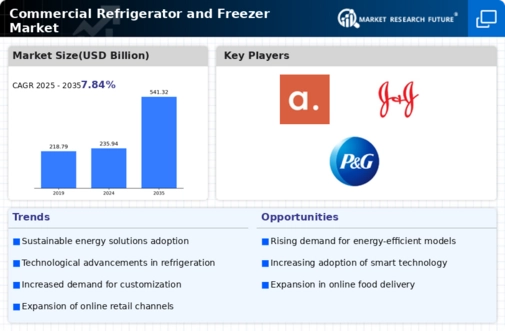
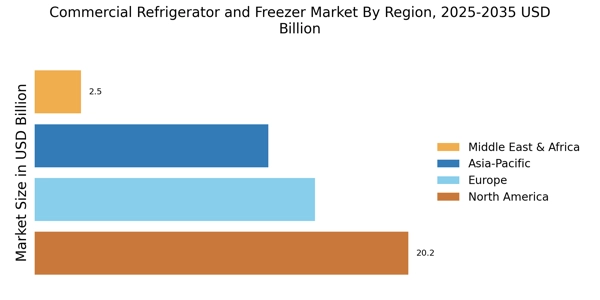

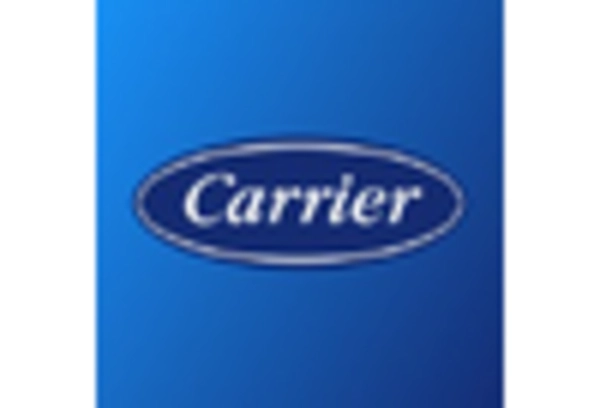

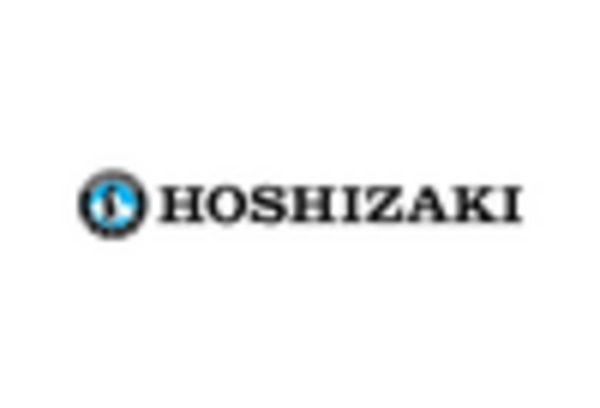

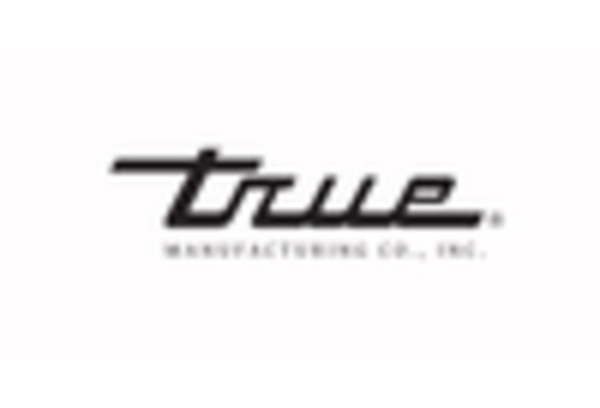








Leave a Comment